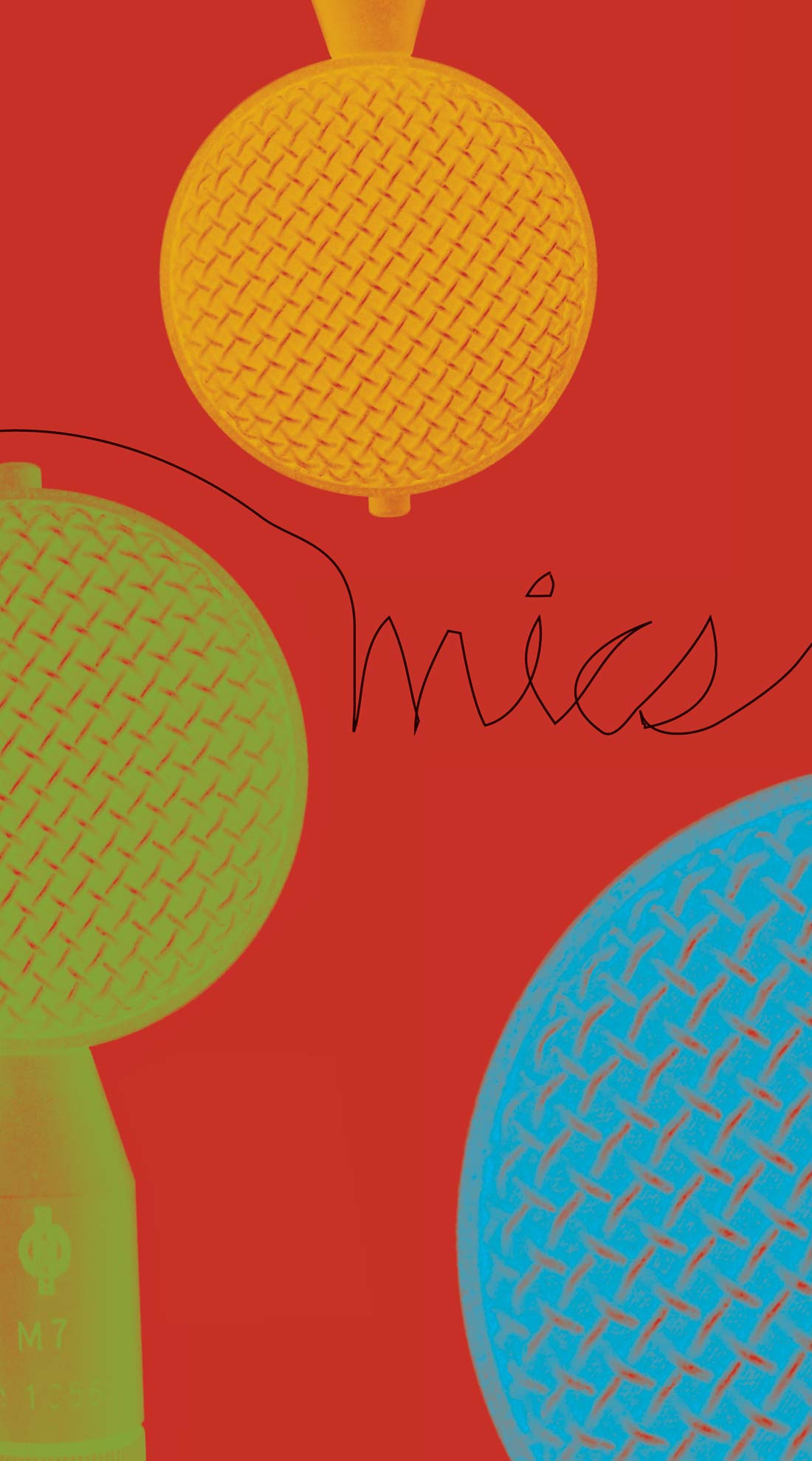While trolling the ancient "DIY Mics" thread on the Tape Op forum, I came across a post from Scott Helmke (AKA Scodiddly) about a microphone he was working on based on the Transound TSB-165A cardioid electret capsule, a high-quality element that requires an external FET (and thus more design and construction work than cheaper capsules). He included a photo of the prototype, and it looked fantastic. It's about the size of an SM57 but is housed in a length of copper tubing, and the capsule is protected and ventilated by a copper-colored screen. More importantly, Scott posted an MP3 of some acoustic guitar he recorded with the mic, and it sounded very promising. I half-seriously posted, "Make me one," and a month later, I got an email from Scott telling me he now had a few in stock. The bugs had been ironed out, and the mic was called "Alice." I agreed to buy one, and a week later, the microphone landed on my doorstep. "Alice" arrived in a little custom, fleece drawstring bag-a nice touch-with a sheet of instructions. I decided to try it out alongside a couple of inexpensive home studio mainstays: the SM57 and an Oktava MC 012. Upon hooking up the mics, one thing became immediately clear: "Alice" has a blazing output, far in excess of the other two mics; but in spite of this, its self-noise is extremely low, far lower than the Oktava's. I recorded some acoustic guitar, tambourine, male vocals (mine), and snare drum; and tested the mic for proximity effect. The results, I must admit, were very impressive. While the "Alice" is most comparable, obviously, to the Oktava, it outclasses it handily. On acoustic guitar, the SM57 displayed a strong midrange, while the Oktava brought in some decent highs and lows. But the "Alice" made the Oktava's lows sound muddy and its highs sloppy. On tambourine, the "Alice" was again ultra-detailed. Scott had suggested to me that the mic was rather bright, but I found it simply crisp and clear. The Oktava did pretty well on my vocals (and the SM57 sounded like... a 57), but the "Alice" did a better job of defining the low end. The two mics were more similar as a drum overhead, but the "Alice" ultimately won out, sounding nice and snappy on the snare attack and keeping quiet as a mouse otherwise. With the SM57 on the shell and the "Alice" overhead, the drum sounded full and forceful.
"Alice" has a fairly-strong proximity effect, so you won't want to use it for spitting, screamo vocalists, but I liked it on everything I tried, especially acoustic guitar. Indeed, I think acoustic guitar will be its primary use in my studio, as it delivers a clear and detailed approximation of my Gibson J45, which other mics tend to register as boomy. I wholeheartedly recommend it. However, you should know that Scott is just one guy, and so availability of the mic is limited, and price is likely to vary depending on availability of parts and amount of labor. He had a couple available at the time of writing, so go check out his website. You'll find the "Alice," other microphones, and a lot of other interesting Helmkesque projects and links. Scott and a friend are working on doing some professional testing of "Alice," so you can expect to find specs there in the future. (Approx $175 direct; www.scotthelmke.com)




_disp_horizontal_bw.jpg)